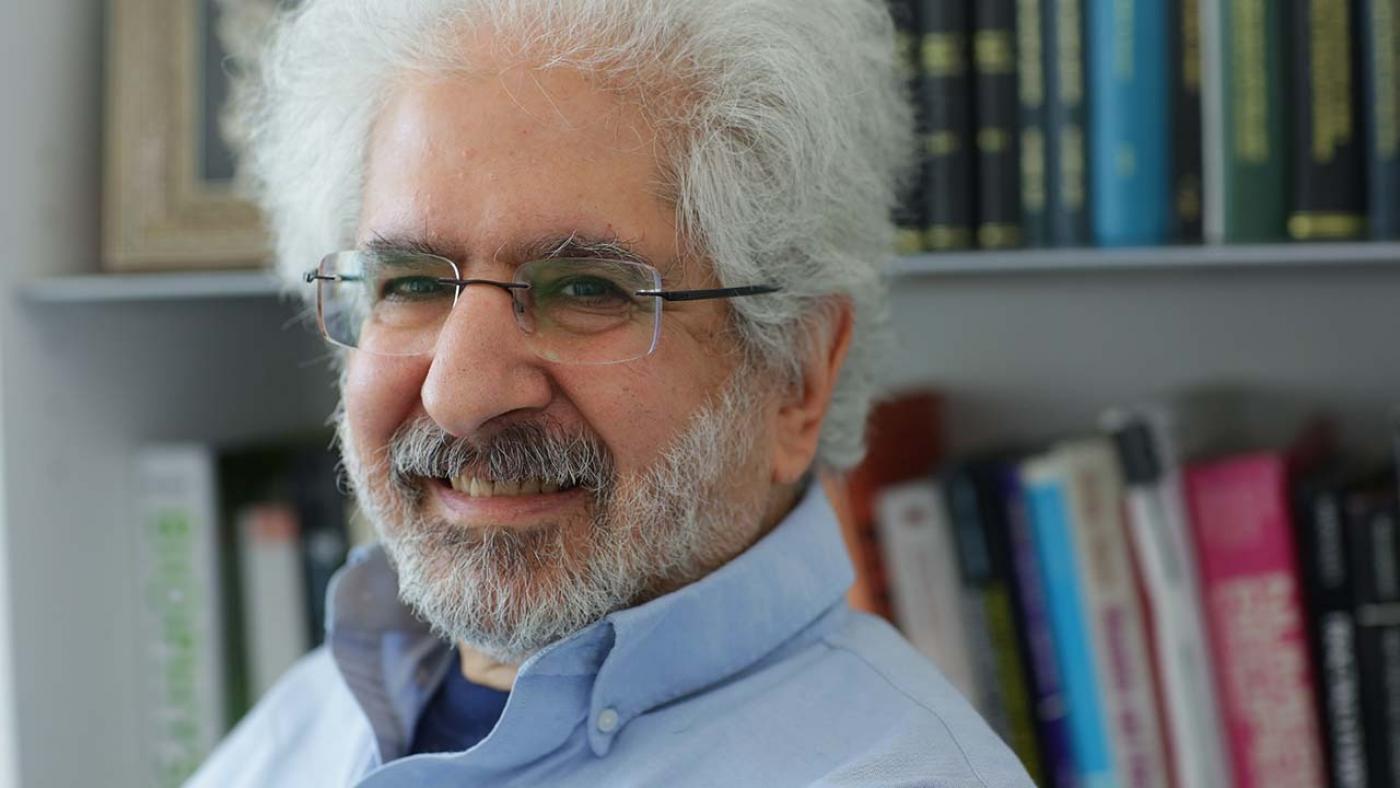NEW YORK – Recent decades have seen the emergence of a new way to study the brain: theoretical neuroscience, which uses mathematical models to describe how groups of cells work together. Borrowing tools from physics and other fields, this approach has yielded critical new insights into how the brain gives rise to our thoughts, abilities and emotions – laying the foundation for repairing the brain in sickness.
Today Kenneth Miller, PhD, a pioneer in this field, becomes the new Peter Taylor Professor of Neuroscience at the Mortimer B. Zuckerman Mind Brain Behavior Institute at Columbia University. This professorship was made possible by a gift from an anonymous donor, in honor of a family member afflicted by neurodegenerative disease.
“It’s a great honor to be named to the Peter Taylor Professorship and a tribute to the many brilliant people I’ve been lucky enough to work with over many years,” said Dr. Miller, a principal investigator at Columbia’s Zuckerman Institute. “I am grateful to the donor for recognizing the importance of basic research and hope that our work will contribute in the long journey to cure diseases like the one from which Peter Taylor suffered.”
I am grateful to the donor for recognizing the importance of basic research and hope that our work will contribute in the long journey to cure diseases like the one from which Peter Taylor suffered.
After transitioning from physics to neuroscience in graduate school, Dr. Miller focused his research on the visual cortex, which grants animals the ability to see. The best-studied brain region at the time, the visual cortex offered interesting puzzles to solve.
Over the years, Dr. Miller built models to tackle topics ranging from how paying attention shapes activity in the visual cortex to how brain cells change their behavior during learning.
These models have, for example, revealed the broad importance of inhibition in the brain. He and his group found that the suppression of some cells by others creates feedforward circuits. These allow small inputs into the brain to drive large, rapid changes in the sensitivity of small groups of cells: turning up or down the gain, to borrow a term from electronics, of these circuits of cells. The researchers also found that the dynamics by which inhibition stabilizes excitation can explain how the brain tunes its responses to strong stimuli (imagine a bright light in a dark room) versus weak stimuli (picture a hazy shape in the fog).
As the co-founder and codirector of Columbia’s Center for Theoretical Neuroscience, Dr. Miller collaborates with researchers across the world. A preeminent hub for theoretical neuroscience, the Center brings together dozens of researchers who specialize in building bridges between data analysis, mathematical modeling and experimentation across the Zuckerman Institute, Columbia University and research laboratories worldwide.
“Theoretical neuroscience is paramount at the Zuckerman Institute because it allows us to extract principles about how the brain works and how behavior emerges,” said Rui Costa, DVM, PhD, the CEO and director of Columbia’s Zuckerman Institute. “This professorship generously supports these efforts and gives our theorists more freedom to explore.”
Dr. Miller believes that principles from the visual cortex could be broadly applicable across the cortex as whole, which is responsible for the brain’s high-level functions.
“The cortex is a remarkably uniform structure, with a basic computational unit that was replicated, with variations, in the course of evolution to create mammalian intelligence.” said Dr. Miller. “I want to understand that unit.”
In honoring Dr. Miller, this professorship also celebrates the potential for theoretical and computational approaches to neuroscience to help us understand ourselves and the diseases that impair our incredible mental abilities.
